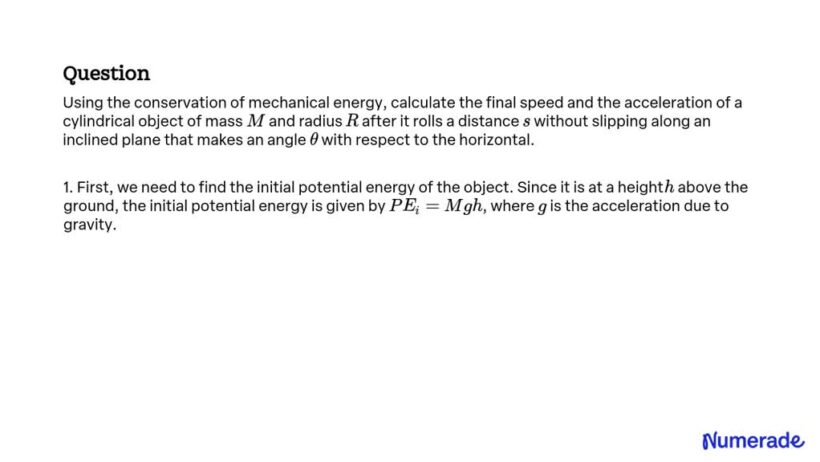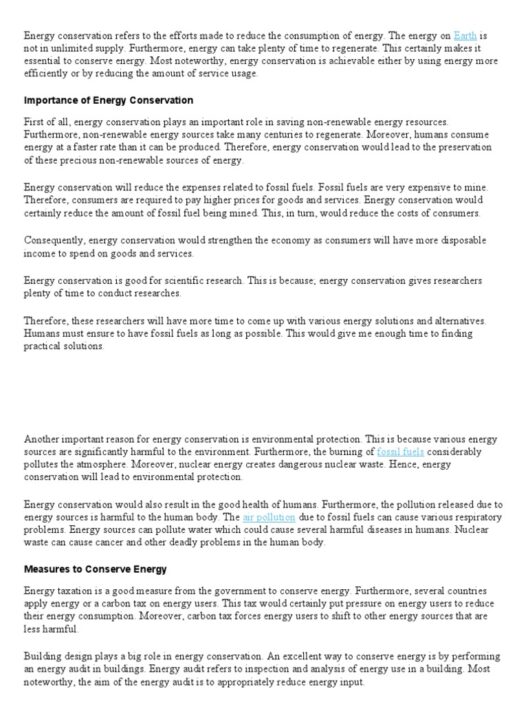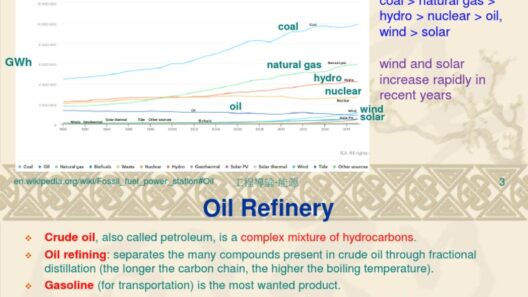Have you ever considered how a roller coaster operates at exhilarating speeds, defying gravity and thrilling its passengers? What if you could unravel the secrets behind these awe-inspiring phenomena using the principles of physics? Specifically, let’s delve into calculating speed through the conservation of mechanical energy, a concept that weaves together potential and kinetic energy in a delightful mathematical harmony.
Before we embark on this journey, let’s establish the core concept: the conservation of mechanical energy posits that in a closed system, where only conservative forces act, the total mechanical energy remains constant. This encompasses both potential energy (PE) and kinetic energy (KE). Mathematically, this is expressed as:
PE_initial + KE_initial = PE_final + KE_final
By grasping this relationship, we can decipher the speed of an object at various points during its motion—assuming negligible friction or air resistance.
To further elucidate this principle, let’s explore the key components of mechanical energy. First, potential energy is the energy stored by an object’s position relative to a reference point. For an object at a height, potential energy is calculated as:
PE = mgh
where m is mass (in kilograms), g is the acceleration due to gravity (approximately 9.81 m/s² on Earth), and h is the height above the reference point (in meters).
Kinetic energy, on the other hand, is the energy of motion. It is expressed mathematically as:
KE = 0.5mv²
where v represents the velocity of the object. Together, these equations form the foundation of our calculations.
Now, let’s illustrate this by posing a playful challenge: Imagine a ball rolling down a hillside. If the hill is 10 meters high, can you determine the speed of the ball when it reaches the bottom? This question exemplifies the beauty of conservation of energy. At the top of the hill, the ball possesses maximum potential energy and minimal kinetic energy (assuming it’s momentarily at rest). When it reaches the bottom, all that potential energy transforms into kinetic energy.
To solve for the speed, we can apply the conservation of mechanical energy equation:
PE_initial = KE_final
At the top of the hill:
PE_initial = mgh = mg(10)
At the bottom, where height is zero:
PE_final = 0
Thus, we have:
m(9.81)(10) = 0.5mv²
The mass (m) cancels out, leading to a straightforward equation:
9.81 * 10 = 0.5v²
Hence,:
98.1 = 0.5v²
To isolate v, we multiply both sides by 2:
196.2 = v²
Taking the square root:
v ≈ 14.0 m/s
This calculation elucidates how energy transformations dictate the speed of moving objects, showcasing the practicality of physics in everyday situations. Let’s transition now from this explicit example to a broader understanding of the topic.
While the ball scenario illustrates one dimension, real-world applications often involve multi-faceted dimensions. In scenarios involving various forces, such as friction or air resistance, energy conservation can become increasingly complex. However, the foundational principles remain. Understanding the basic mechanics equips us to tackle more complex challenges.
Another key point worth exploring is the role of mechanical energy conservation in engineering. Structural engineers frequently apply these principles to design safe and efficient systems, from bridges to roller coasters. By predicting how forces will interact, they can calculate speeds, forces, and energy distributions, ensuring the robustness of their designs.
Moreover, applications of these concepts extend into athletic performance. In sports, athletes often aim to maximize kinetic energy through technique and training. For example, understanding how to utilize gravitational energy can enhance a pole vaulter’s performance during their ascent and descent.
As we scrutinize these diverse applications, it becomes evident that conservation of mechanical energy is not merely a theoretical concept; it influences technology, engineering, sports, and beyond. Grasping its nuances offers profound insights, whether one is an enthusiast, a student, or a professional in a related field.
In summary, the conservation of mechanical energy provides an invaluable tool for calculating speed, illustrating the interconnectedness of potential and kinetic energy. By applying energy conservation principles, we unravel the secrets of motion. This knowledge empowers us to engage with the world of physics at a deeper level, enhancing our comprehension of the forces that govern our lives.
So, the next time you’re enjoying a thrilling ride at a theme park or watching the athletes soar at an event, reflect on the science orchestrating these marvelous displays of energy and speed. The world is a complex system of energies, waiting for curious minds to explore it further!






